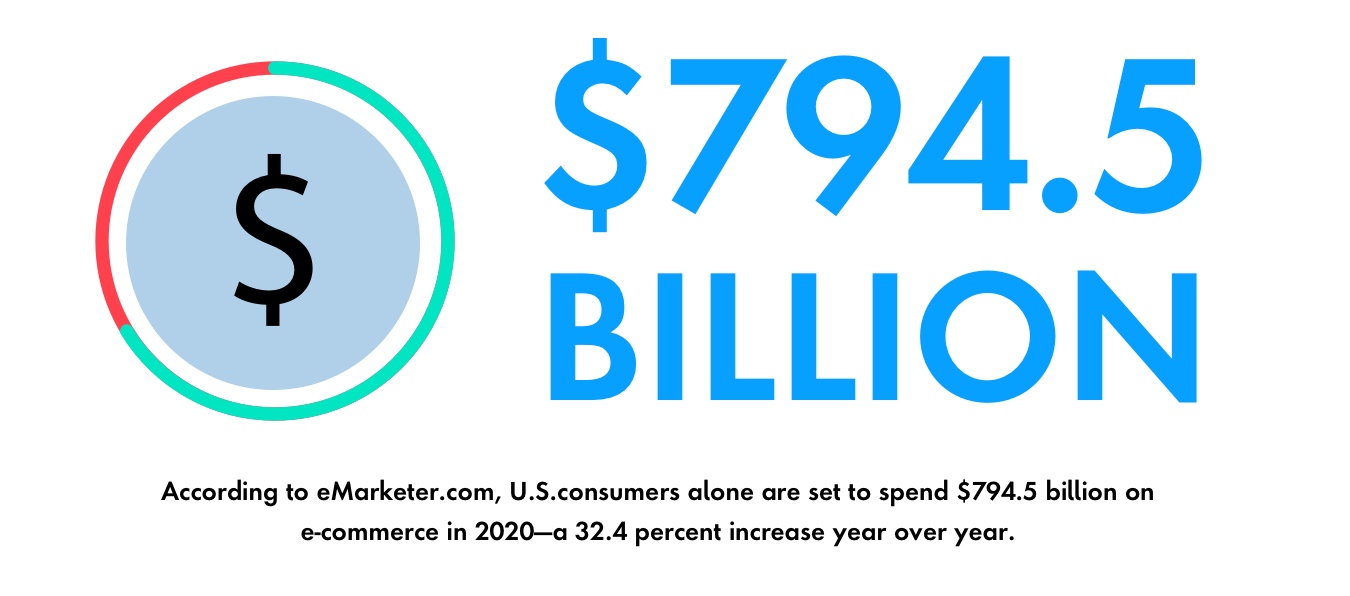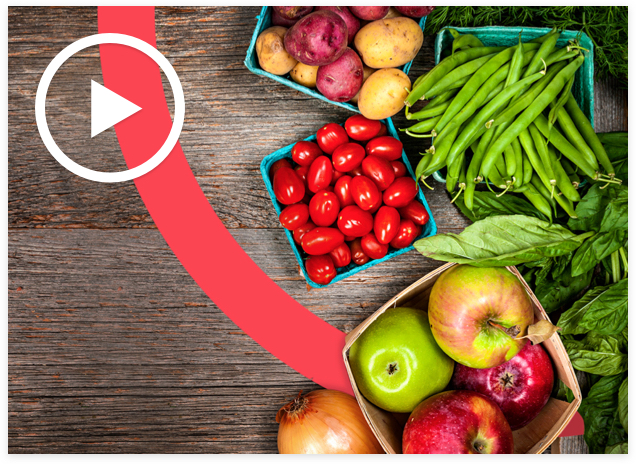What issue can we solve for you?
Type in your prompt above or try one of these suggestions
Suggested Prompt



Energy & Commodities
The Agribusiness Retailer’s Essential Guide to E-commerce
The Agribusiness Retailer’s Essential Guide to E-commerce
The future of retail is online. Agribusinesses that want to increase market share, gain competitive advantage and maximize revenue in the coming years must first accept this. It appears their customers already have.
According to eMarketer.com, U.S. consumers alone are set to spend $794.5 billion on e-commerce in 2020 — a 32.4 percent increase over last year. And while the COVID-19 pandemic and resulting shelter-in-place orders gave these figures a significant boost, online spending has been trending upward for a long time. Today, e-commerce giants like Amazon, Walmart and eBay are reaping the biggest rewards from having established platforms that consumers already know and love. Agribusinesses that now embrace online retail are positioning themselves to get a piece of the pie. Instead of replacing face-to-face sales, e-commerce is an ideal channel to work alongside existing systems.
Despite e-commerce not being a new concept, it can be an intimidating change for agribusinesses that have built their reputations on personal relationships. But, as Jon Panella, Group Vice President, Global Strategy and Consulting at Publicis Sapient explains, “E-commerce isn’t going to cannibalize the other ways you sell. It isn’t either/or. Many customers are likely to use both. They’re going to go through traditional, in-person channels, but they’re still going to buy online, too.”
“Implementing e-commerce has to be experience led. You’ve got to really understand your customers’ wants and needs, and build a platform that expresses that.”
Kelly Larson , Senior Director – Technology Strategy, Publicis Sapient
Attempting to replace traditional channels with e-commerce platforms or moving forward with online solutions without the sales team’s blessing are actually mistakes. The right e-commerce platform is user-friendly, appropriately scaled and, most importantly, supports traditional sales channels.
“The three biggest things you gain by having e-commerce are, one, a better relationship with your customer because you know more about them and they know more about you,” says Panella “two, the ability to offer more products than you normally would, and three, high-level data that gives detailed insights about the products you’re selling and those you’re not.”

Customer-led Solutions
Once retailers make the decision to implement digital solutions, the real work begins. Retailers need to be honest about what they do best, what they can and can’t deliver, and what their customers actually want and need. As with most big business decisions, it helps to have an outsider’s unbiased perspective.
One common mistake occurs when retailers try to sell everything they have to everyone they’ve ever met, but generally these two things are true:
- Only a certain percentage of the total customer base is an ideal e-commerce customer
- Some products perform better than others online

Managing Expectations
As much as customers appreciate the extras, delivering the essentials is non-negotiable. Again, Amazon and co have changed the game. In 2021, customers expect stocked inventories, discounted prices, and lightning-fast delivery – whether they’re buying as an individual or a business.
“Retailers have to coordinate the logistics and fulfilment part of the business because nobody’s looking to get their order two weeks from now. They’re looking to get it two days from now.” explains Panella. Agribusinesses need to have their warehouses in order to ensure they don’t overpromise on the back end and better coordinate with logistics partners to ensure on-time delivery. Fulfilment and logistics are just the beginning – retailers may want to collaborate on other aspects of the business too.
Not All Transactions are Equal
Many transactions are low-value, such as order tracking, price lookup or reorders. Younger customers don’t want to call sales reps for these types of transactions. Allowing 24/7 access to order history and other low-touch transactions is a plus for both farmers and for retailers. The sales team can use their time for higher-value transactions that require their deep product knowledge.
Start Small, Stay Persistent, Gain Big Results
“E-commerce is an organic thing,” says Larson. “You need to be prepared to constantly look at the analytics, tweak things, and get customer feedback. Expectations change. Things need to be updated. When there are problems, you need to put in the elbow grease to figure out what’s going on and fix it. Essentially, you’re painting the room over and over again.”
As with any new venture, there will be a learning curve. The initial sales volume may not meet projections, or customers may use the platform differently than anticipated. These hiccups may feel incredibly aggravating but Panella encourages retailers not to get discouraged.
“It’s important to have realistic expectations,” he says. “I find that some people expect too much out of their system right away and get frustrated.”
Measuring the right key performance indicators (KPIs) will help minimize disappointment. While many businesses focus on units sold or dollars generated from online sales, there are other important measures to track.
“E-commerce success isn’t always about revenue,“ Panella says. “Sometimes people think their system isn’t working because people aren’t buying, but it actually is working because users are coming back to the site again and again for product information. The site is increasing that relationship and engagement with you. Not everyone will buy online until they have reached a certain level of comfort doing that.”
When that threshold is reached, those same users will know exactly where to go. For all other customers, a strong marketing plan is needed as outreach. Outreach is an essential part of generating and driving new traffic to an e-commerce site. Marketing ensures people not only know about the platform, but also what it does and how to use it. Overlooking this aspect of the launch can be disastrous, so retailers must commit to giving their digital solutions the support they need to get off the ground.
The prep work, partner work and post-launch work of developing a successful e-commerce platform is substantial, but agribusinesses can and should take their time. Panella recommends simply starting small. “Don’t try to jump in with both feet and be everything to everybody,” he says. “Make sure you’ve done everything you need to do from an operational perspective and that you’ve done it with an arm around your clients. The rest will fall into place, and you can scale up from there.”
Related Reading
-
![Why B2C E-commerce Should Shape Agribusiness]()
Why B2C E-commerce Should Shape Agribusiness
As demand moves from offline to online, how does agribusiness need to change in order to succeed?
-
![Bubble Graphic]()
What’s Next for Food Supply Chains?
As COVID-19 continues to impact every aspect of society, the global food supply chain is being squeezed. How can the industry cope?
-
![Person balancing a stack of boxes while using a mobile device.]()
The Four Pillars of E-commerce Profitability
How retailers can optimize digital channels and drive growth.








